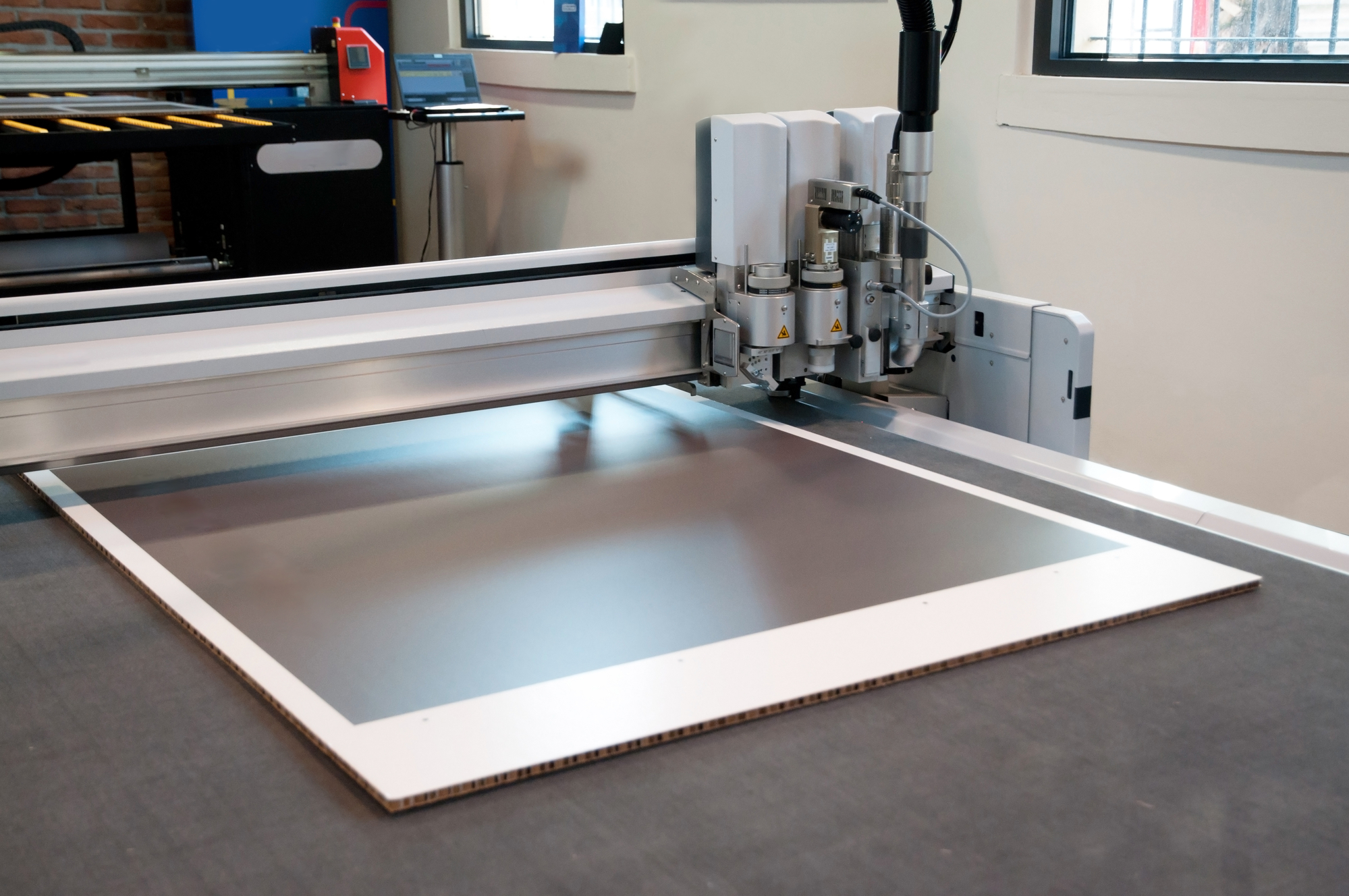Looking for a lightweight yet durable option for signage that looks magnificent no matter where it is placed? Signs made with foamboard, gatorboard, or falcon board are ideal for signs that need to be shuffled around, stored, or transported to other places. You can use these materials to show off in-depth graphics, vivid colors, and attention-grabbing text. But you might find that foamboard, gatorboard, and falcon board are not entirely the same and have construction differences.
Yes, they are all light and inexpensive, but if you have certain needs, one type might be better for your project than the others. Let’s take a look at the three main types of the board for signs: foamboard, gatorboard, and falcon board.
What is Foamboard?
Just as the name implies, foam board is a kind of board that has a core made of foam sandwiched between a printable paper surface. The printing that is done on the paper usually requires superior-quality UV-resistant ink and rich colors. The foamboard core is rather rigid, so the board should never be bend too much—otherwise, it will snap in half like Styrofoam.
A standard sheet of 7.5 square inches weighs about a pound, so you can create larger signs without having to deal with a cumbersome amount of weight. Normal thickness runs around 3/16”, but you can also have a custom-made foamboard that is much thicker.
The light material is versatile and can be used for any kind of application, including school projects, business presentations, or social events. The best part is the low cost. However, you have to be careful about putting too much weight on the foam board. Don’t use it like a cork board or bulletin board, for instance. The downside of creating large signage out of foamboard is that it is not durable and quickly becomes susceptible to bending and snapping.
Foamboard isn’t waterproof, nor is it strong enough to withstand strong winds. Because of this, it is best for indoor signs.
What is Gatorboard?
Similar to foamboard, gatorboard is made of a stiff polystyrene (foam) core that comes at 3/16” thickness (but can be altered if you need a thicker board). In fact, when many people compare foamboard and gatorboard side-by-side, there are few visible differences to note. While both look startlingly the same, the construction is entirely different.
Gatorboard is a stronger board but has the same printable surface and weight. Think of gatorboard as the upgraded version of foamboard with a longer lifespan. While foamboard is often used for temporary signs, you can use gatorboard signs for a year or longer nonstop if you care for the sign properly.
Naturally, this doesn’t mean that gatorboard can be stuck outside for an entire year. Despite the name, gatorboard isn’t waterproof or windproof—it’s only slightly more resistant to the elements than foamboard. Too much exposure to weather will ruin the sign eventually.
Since gatorboard is a more resilient material than foamboard, it costs slightly more. However, it remains more affordable than aluminum and acrylic signage.
What is Falconboard?
Foamboard and gatorboard featured foam cores. Falconboard is unlike those two, because it doesn’t use polystyrene. Rather, it is a thick paper that gains dimension from a complex honeycomb pattern. You might think that would make falconboard weaker, but the honeycomb pattern is excellent for absorbing stress and is thus more resistant to snapping than both gatorboard and foamboard.
Falconboard is available in 1/2” thick pieces that are often cut into custom, three-dimensional designs and shapes. The board can have images printed on either side, and the pictures use the same quality UV ink as foamboard and gatorboard. Since the other two options cannot be contour cut, falconboard is an excellent option for those who want signage with more character. Falconboard is only a tiny bit heavier than foamboard but is twice as rigid and durable.
Many falconboard fans will have holes drilled into the signs to hang overhead for an attention-grabbing 3D element in their store or at events, but since falconboard is rigid, it can also be used as a freestanding indoor sign.
Keep in the mind that the paper honeycomb constructions makes falconboard the weakest against water damage. It should never be placed outdoors, and it shouldn’t be considered as a permanent fixture, since it can be damaged easily.
What Is The Right Board For My Sign?
The deciding factors between foamboard, gatorboard, and falconboard depend on the project. Do you plan on putting up a temporary display or a permanent one? Is the sign going to serve a professional purpose? Are you trying to attract attention to your business or event? What is your budget? Once you have considered these questions, you will be able to select the best board for your project.
For example, if you only need a temporary sign that is announcing an indoor symposium, you might choose plain foamboard. If you want to put up directories around a new office, you might select gatorboard, since it is less prone to damage than foamboard and falconboard. Lastly, if you are aiming for a unique sign for a convention or special event, you might like that portability and flexibility of falconboard.
Wrapping Up
Now that you know about the three popular boards available for signage, which one are you going to choose? Remember to choose based on your needs, not just the price! Whatever the project, one of the three choices will help you make your dream sign a reality.
Ready to make the ideal sign for your event, store, or promotion? Still have questions about which board is right for you? Then fill out the contact form to learn more! We’ll deliver the information right to your inbox!


